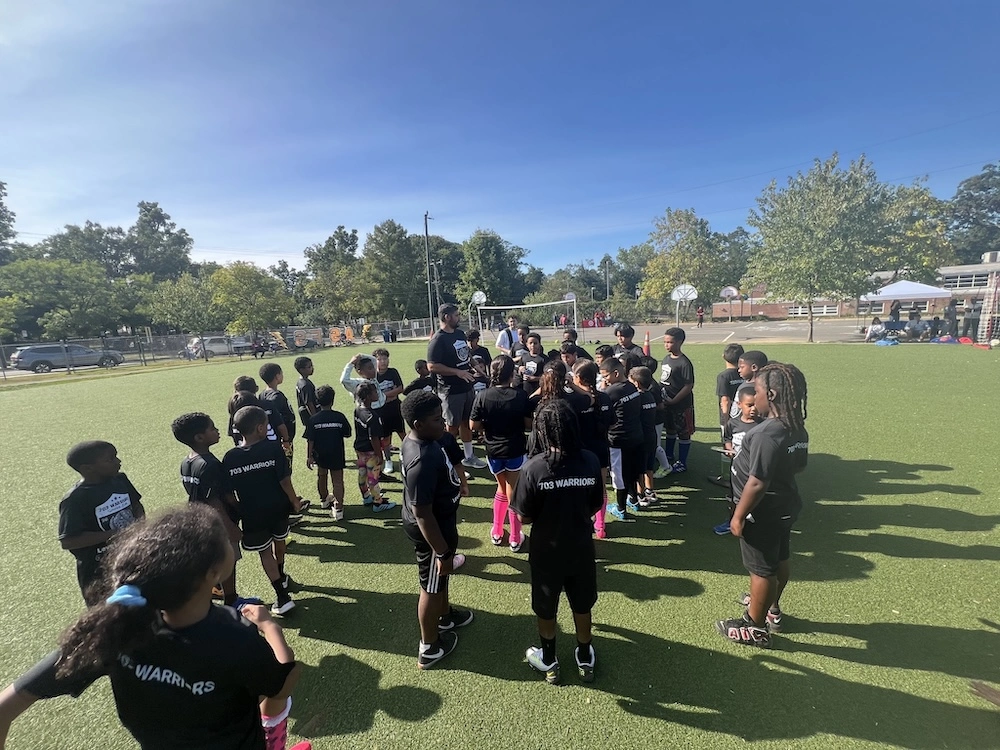If you’ve been around youth soccer long enough, you’ve probably heard the debate: Should teams be organized by birth year or school year?
In 2016, U.S. Soccer made the decision to standardize birth-year registration, aligning with international standards. While this move made sense on paper, it unintentionally created confusion, frustration, and a disconnect in how kids experience the game—especially when it comes to friendships, competition, and team dynamics.
For many young players, soccer isn’t just about development—it’s about playing with their school friends, competing against familiar faces, and sharing the experience together. But the birth-year system has disrupted that natural connection, and for some kids, it has removed one of the biggest joys of playing the game.
Why the School-Year System Made Sense
Before the shift to birth-year registration, kids were typically grouped by school year—meaning they played with the same kids they saw in class every day. This had several advantages:
- Friendship & Team Chemistry – Players built deeper bonds with teammates they spent the most time with.
- Natural Rivalries & Fun Competition – Kids could face off against their classmates in travel leagues, bringing ultimate bragging rights to school the next day.
- Less Confusion for Parents & Coaches – No need to constantly explain why some kids are playing up or down a grade.
With birth-year teams, kids born in December could be placed in a different age group than their best friends born in January, even though they’re in the same grade. This **removes a natural layer of fun and competition** from the game.
The January Cutoff Dilemma: Winners & Losers
One of the biggest problems with birth-year registration is that it creates an arbitrary advantage or disadvantage depending on when a child is born.
🚀 Born in January-March? You’re the oldest on your team, likely bigger, stronger, and more developed than your younger teammates. This early edge can result in more playing time, confidence, and better opportunities.
❌ Born in November-December? You’re often the youngest and smallest on the team, competing against kids nearly a year older. In some cases, it can mean less playing time, more frustration, and even dropping out of the sport altogether.
What’s the Right Answer?
There’s no denying that aligning with international standards makes sense from a player development standpoint, especially at the elite level. But for most young players—especially between the ages of 7-12—the focus should be on enjoyment, friendships, and keeping kids in the game.
Some leagues and clubs have recognized this issue and are introducing flexibility, allowing younger teams to organize by school year instead of birth year. Others are offering "school-year teams" at younger ages before transitioning to birth-year teams at the high school level.
At 703 Warriors, we believe in putting the kids first. Whether it’s birth year or school year, our goal is to ensure that young players have a positive, competitive, and fun experience—one that keeps them in the game, developing, and loving soccer.
What do you think? Should youth soccer in the U.S. reconsider school-year registration? Join the conversation and share your thoughts!
Want to support the mission of keeping kids in the game? Learn how you can donate or volunteer today!
